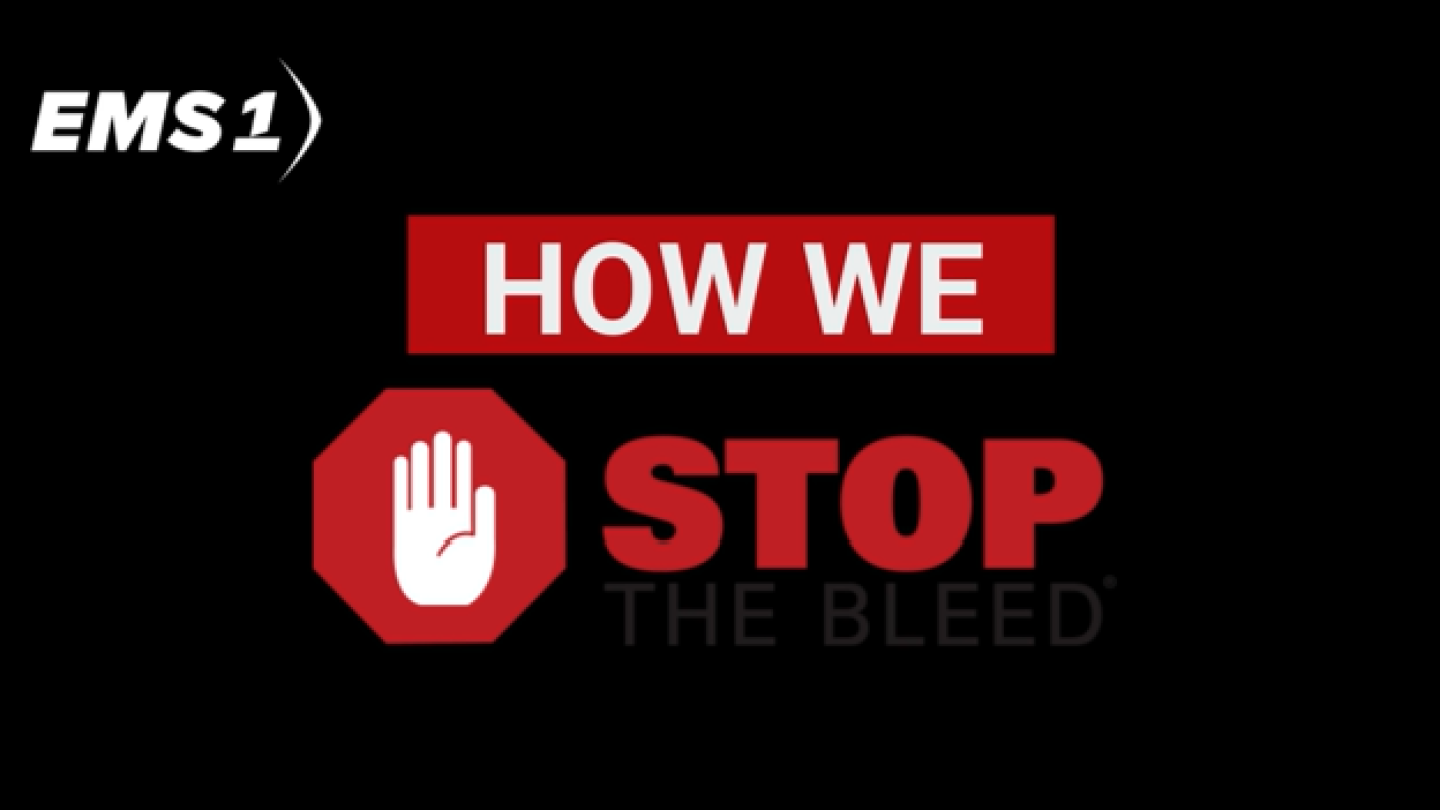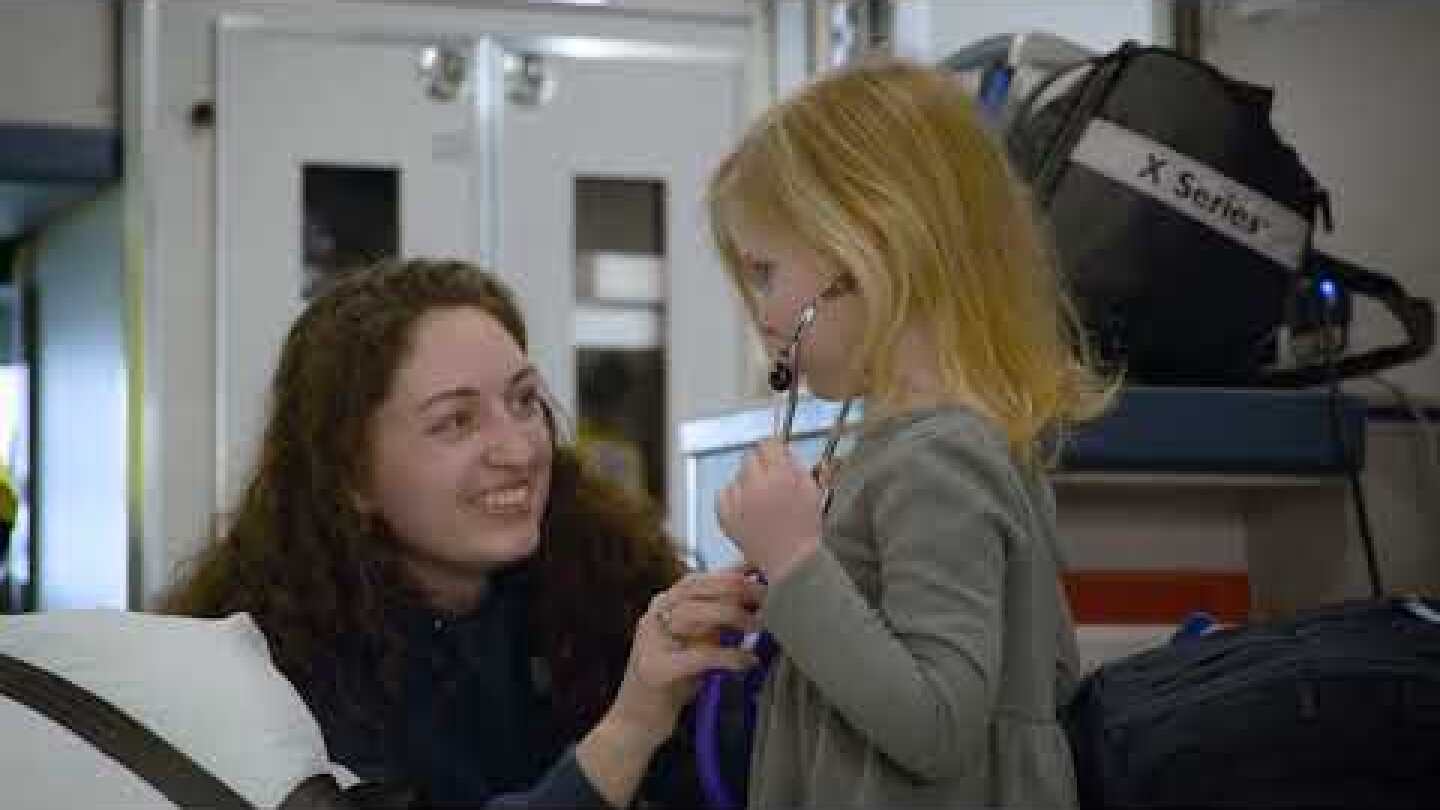EMS Training and Education
The 2025 CoAEMSP survey underscores a critical need for systemic improvement in how paramedic education programs access and utilize clinical and field resources
Montgomery County Hospital District (MCHD) compares the effectiveness of two parenteral analgesics in the prehospital setting
St. Charles County Ambulance District proves that excellence in airway care starts with culture, not complexity — backed by data, design and relentless feedback
A UT Southwestern study of 500K cardiac arrest cases finds survival has not returned to pre-pandemic levels, especially in Black and Hispanic communities
Learn the facts about dry drowning, the symptoms, and how to keep your child safe
Steve Whitehead breaks down the critical difference between low blood pressure and inadequate blood flow
Hear from EMS systems and leaders turning the promise of whole blood into a proven practice for trauma patients
A UCSF-led study using ESO data found EMS providers often failed to recognize status epilepticus during prehospital care, leading to treatment delays and reduced benzodiazepine dosing
Southern Illinois Airport hosted a hands-on training led by trauma experts and first responders, highlighting how bystanders can save lives
A go-to test for consciousness or a risky habit? The truth about the sternum rub revealed
Learn how to detect pulmonary embolism through clinical symptoms and capnography, ensuring prompt and effective response
Enhance your IV insertion skills with these expert tips, ensuring efficient and effective patient care in emergency situations
A comprehensive guide to evaluating abdominal pain through targeted assessment questions and clinical examination techniques
Challenge EMS providers’ critical thinking and appropriate skill deployment with these 3 penetrating trauma scenarios, ranging from moderate hemorrhage to exsanguination
Bleeding control saves lives — here’s how Stop the Bleed training fits into your emergency response protocol
Inspiring ways to recognize providers’ contributions, educate the community and recruit the next generation
The International Association of EMS Chiefs calls for national recognition of EMS professionals’ life-saving work and leadership in public safety
The federal EMSC Program continues its mission to enhance emergency services for children nationwide through training, support and recognition
This year’s EMS Week theme is “We care. For everyone.” How is your agency honoring your service?
Careerline Tech Center EMS students put their training to the test during rescue simulations that double as real-world prep and a potential path to employment
A must-listen for any medic who’s ever said, “That guy doesn’t know what he’s talking about”
Van Buren Tech students responded to “Mayhem Market” where a small crop duster crashed into a busy flea market
Avoid misdiagnosing atrial flutter as sinus tachycardia by mastering these ECG interpretation strategies
Join leading EMS professionals for powerful sessions on leadership, workforce trends and system sustainability — and walk away with real strategies for change
How has the EMS Scope of Practice changed since the first EMS Week was celebrated 50+ years ago?
Get the right dose to the right place: faster
Assess a patient’s pulse through the radial artery or the carotid artery based on their level of consciousness
Donnie Woodyard Jr. joins the EMS One-Stop podcast to explore the EMS Compact’s impact on multistate licensure, emergency preparedness and the urgent call for professional unity
“Trauma patients are dying because the systems we have in place aren’t designed to meet the demand for blood products in the field.”
From emotional intelligence to adaptability, learn how to spot top-tier EMS providers
Confusion and slurred speech? It might not be what you think
Fire and EMS leaders can serve as a much-needed constant amid the chaos
The bill would cover tuition for paramedics, firefighters and other first responders after six years of service and their dependents after 10 years

































